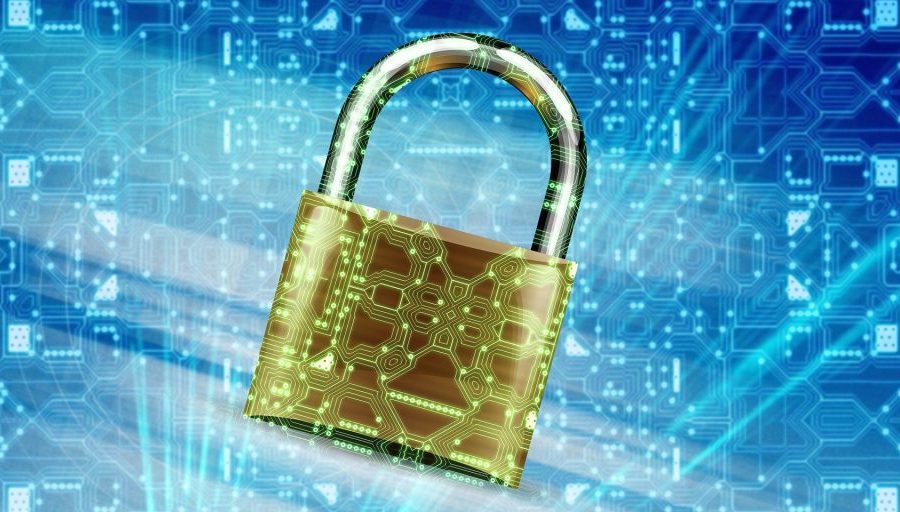Prioritizing rapid restore leads to stronger ransomware-attack recovery
Citizens across the country are feeling the effects that a ransomware attack can have on society. Between the Colonial Pipeline attack that caused gas shortages on the East Coast, the D.C. Metro Police Department attack that released personal information of employees, and the Oldsmar Water Hack that could have devastated Florida drinking water, many now have cause to question the strength of our cybersecurity infrastructure at all levels of government.
Combating cost concerns
In the case of the Colonial Pipeline attack, the effects of the gas shortage rippled down the East Coast in spite of the ransom—$5 million—being paid in full. The D.C. Metro Police Department did not pay the $4 million fee demanded by hackers to restore information, resulting in the release of employee information. In both cases, the ransomware victim paid a high price operationally and financially due to their organization’s vulnerability.
These numbers are daunting for agencies of all sizes. Paying the ransom in the event of an attack is not a guarantee that the effects of the attack can be mitigated. Nevertheless, with the right data security processes in place, the likelihood of enduring these costs in the first place can be reduced significantly.
Cyberattacks have become almost inevitable in a world constantly on the cusp of IT modernization. IT leaders must continue to evaluate their backup processes to ensure that they remain protected against these imminent threats. Without the right solutions, state and local agencies face potentially crippling data vulnerabilities.
To read the complete article, visit American City & County.

















